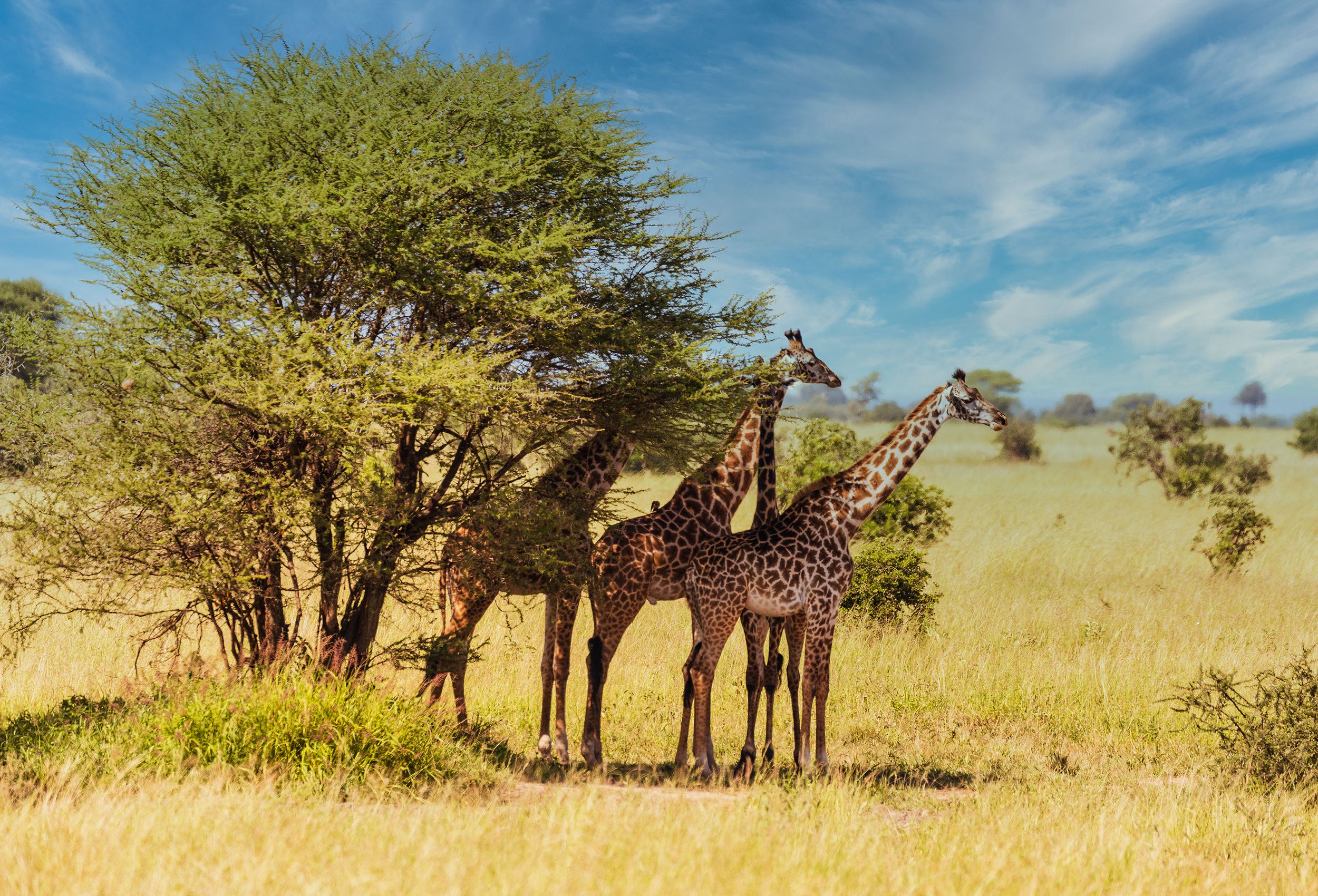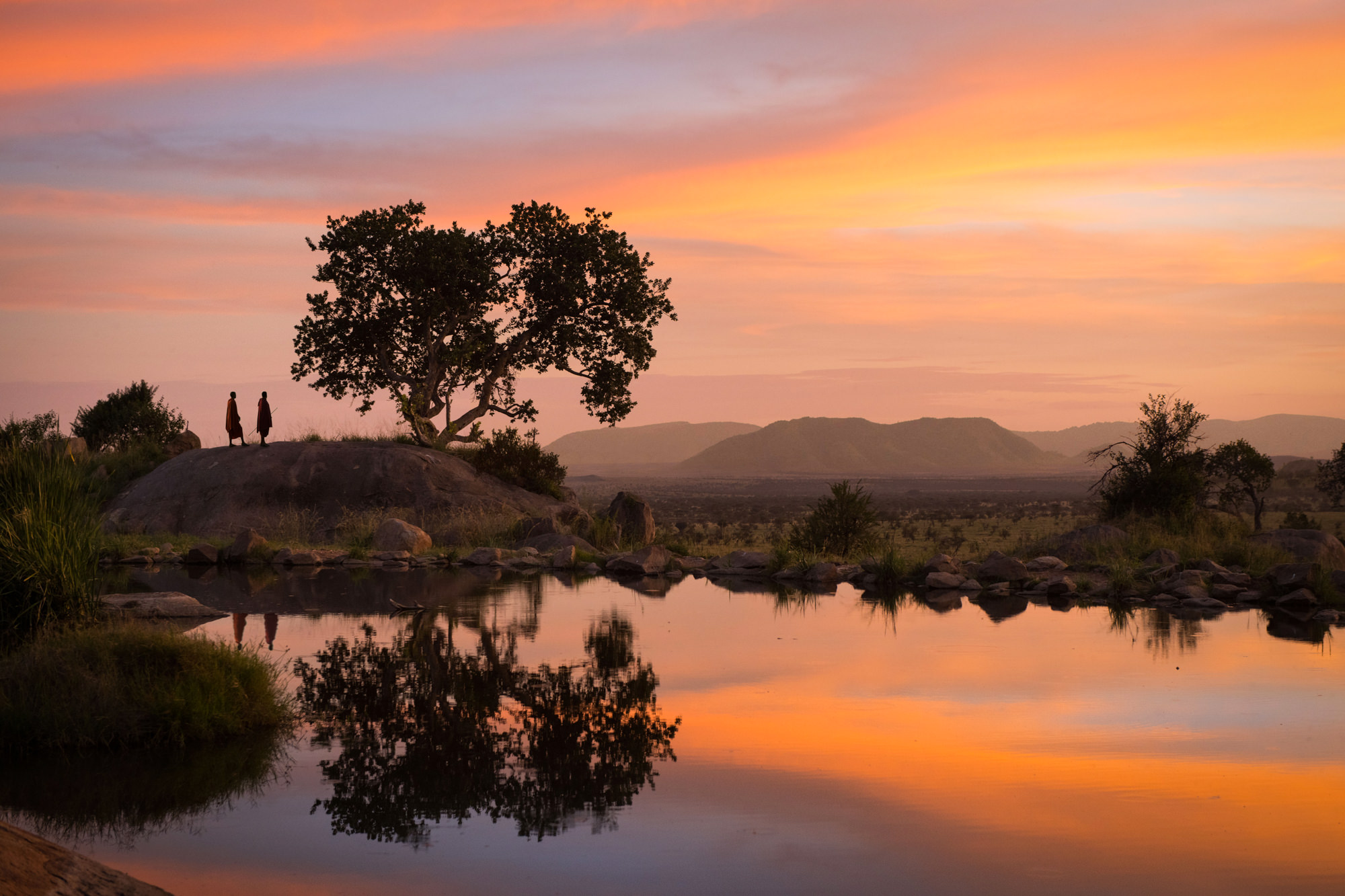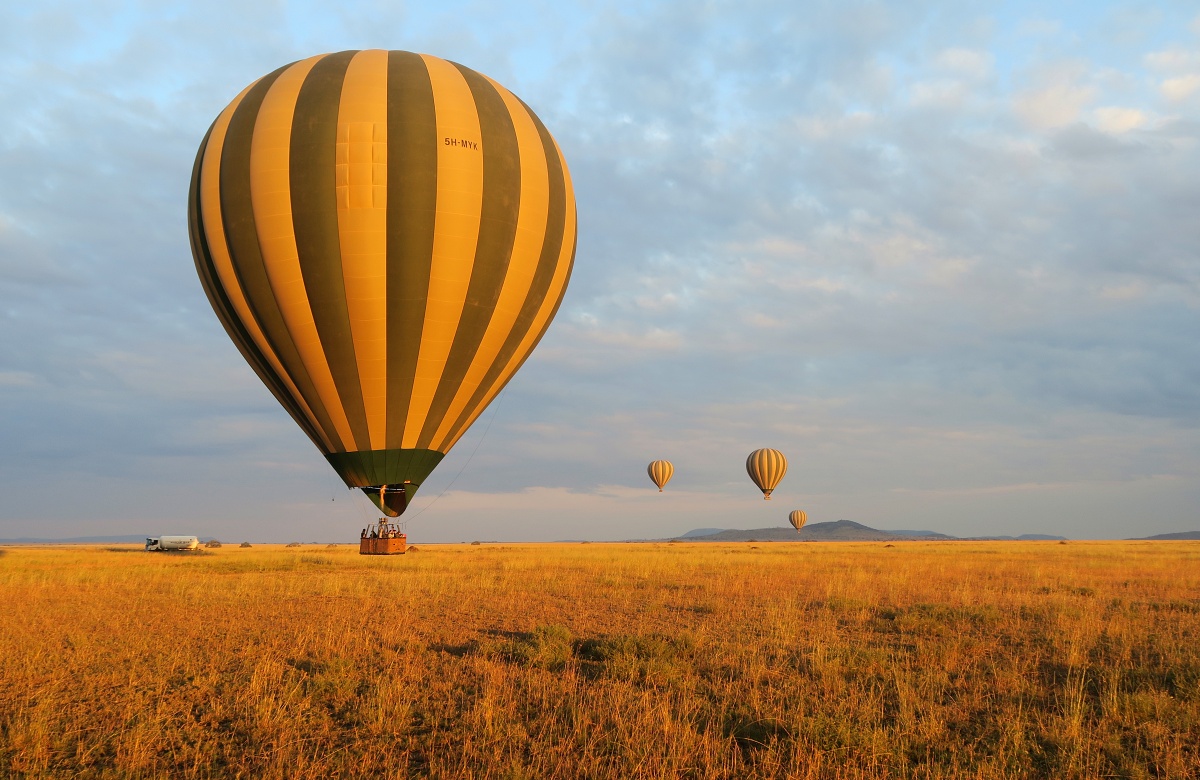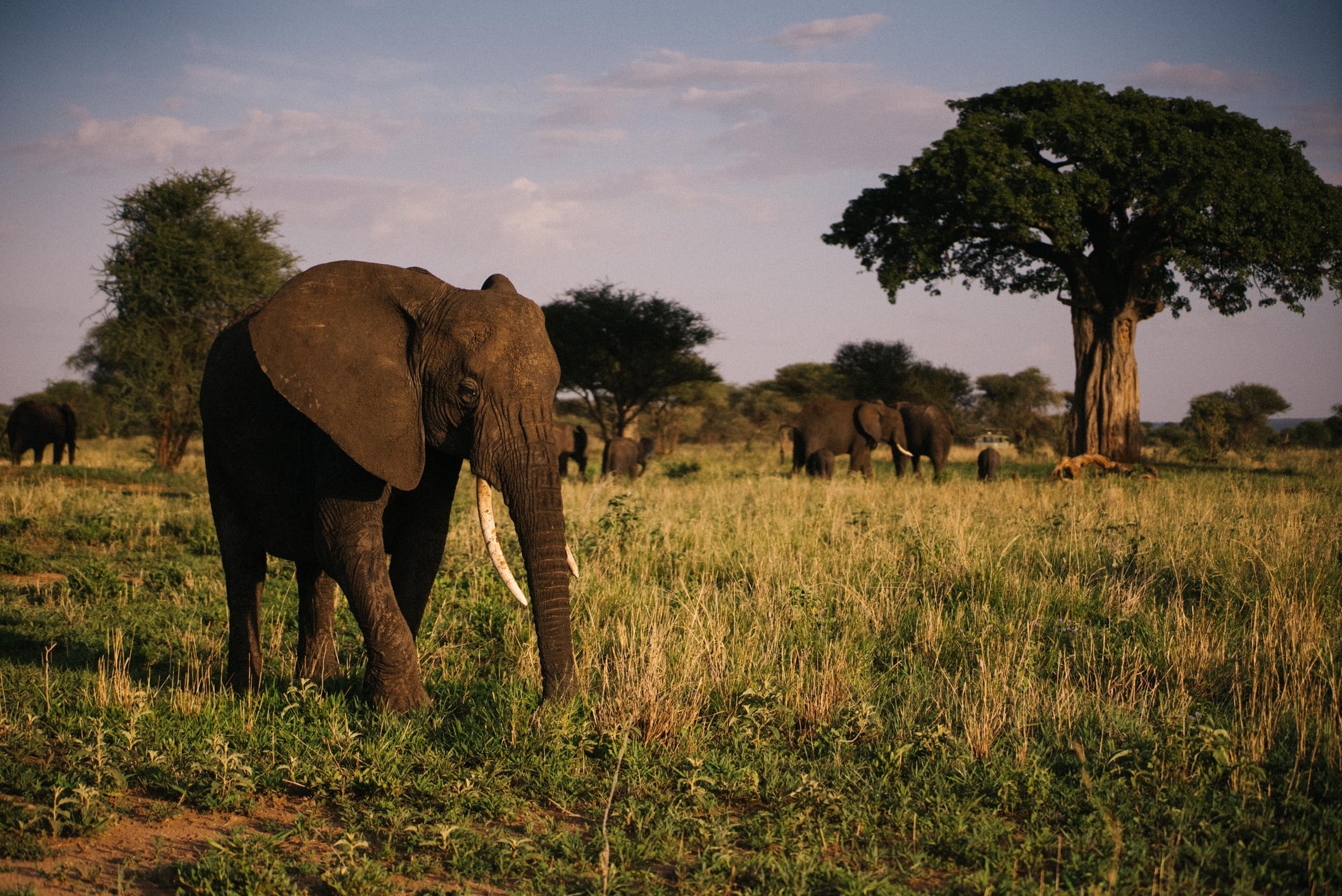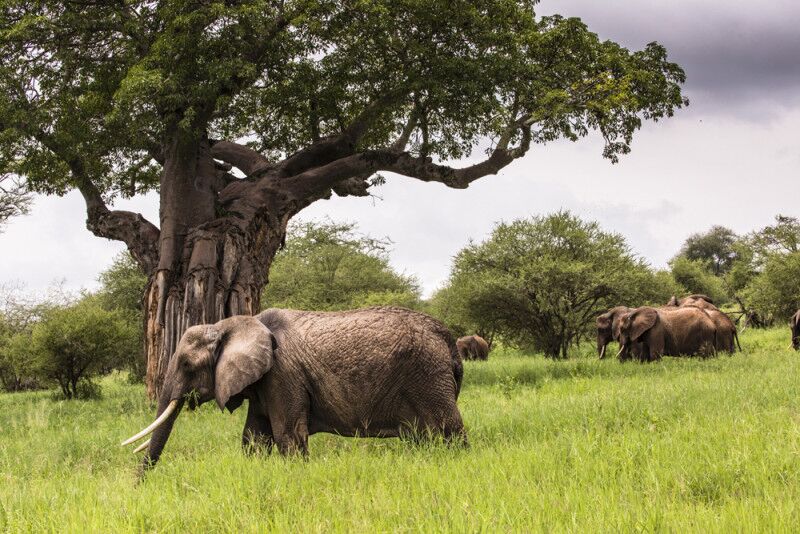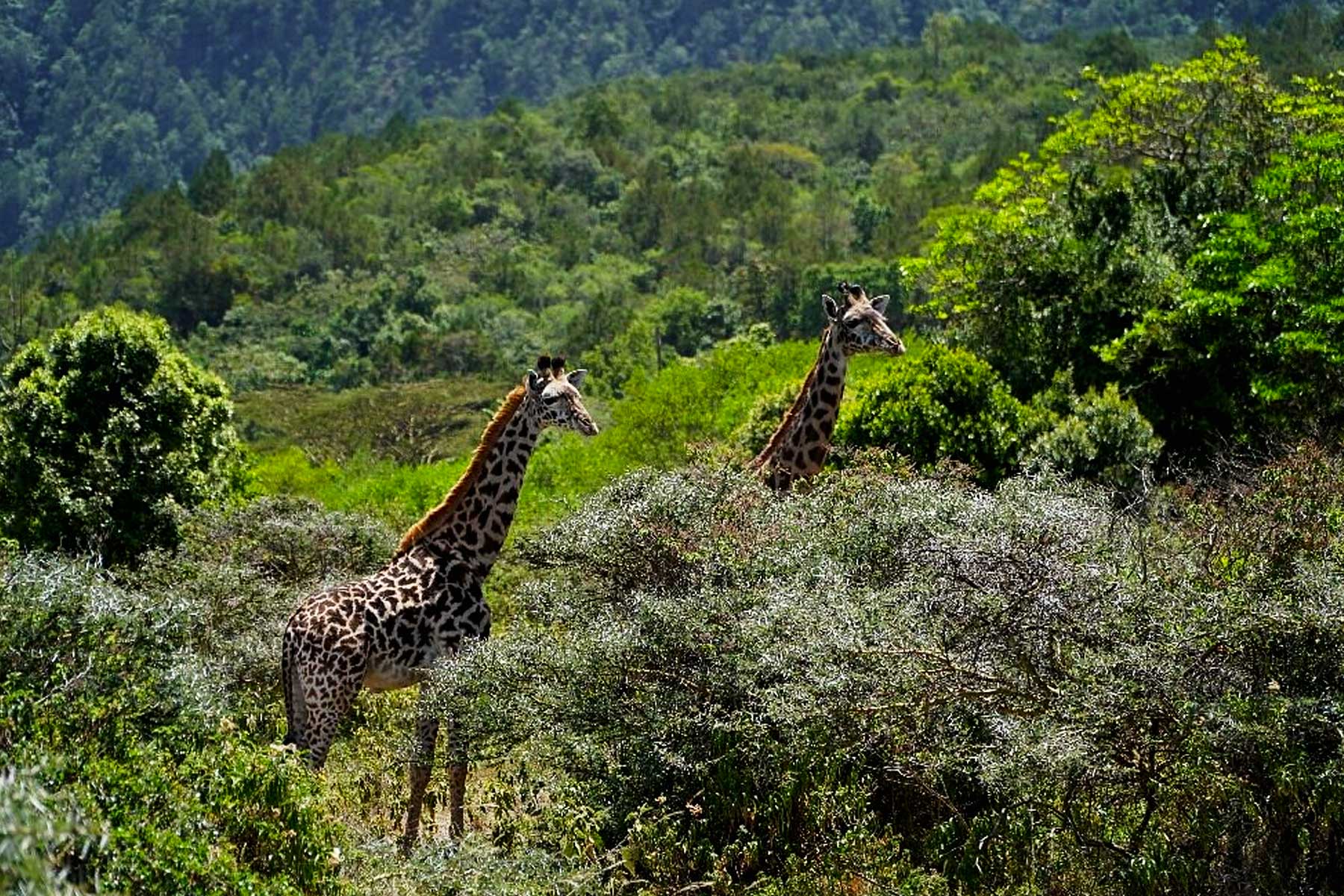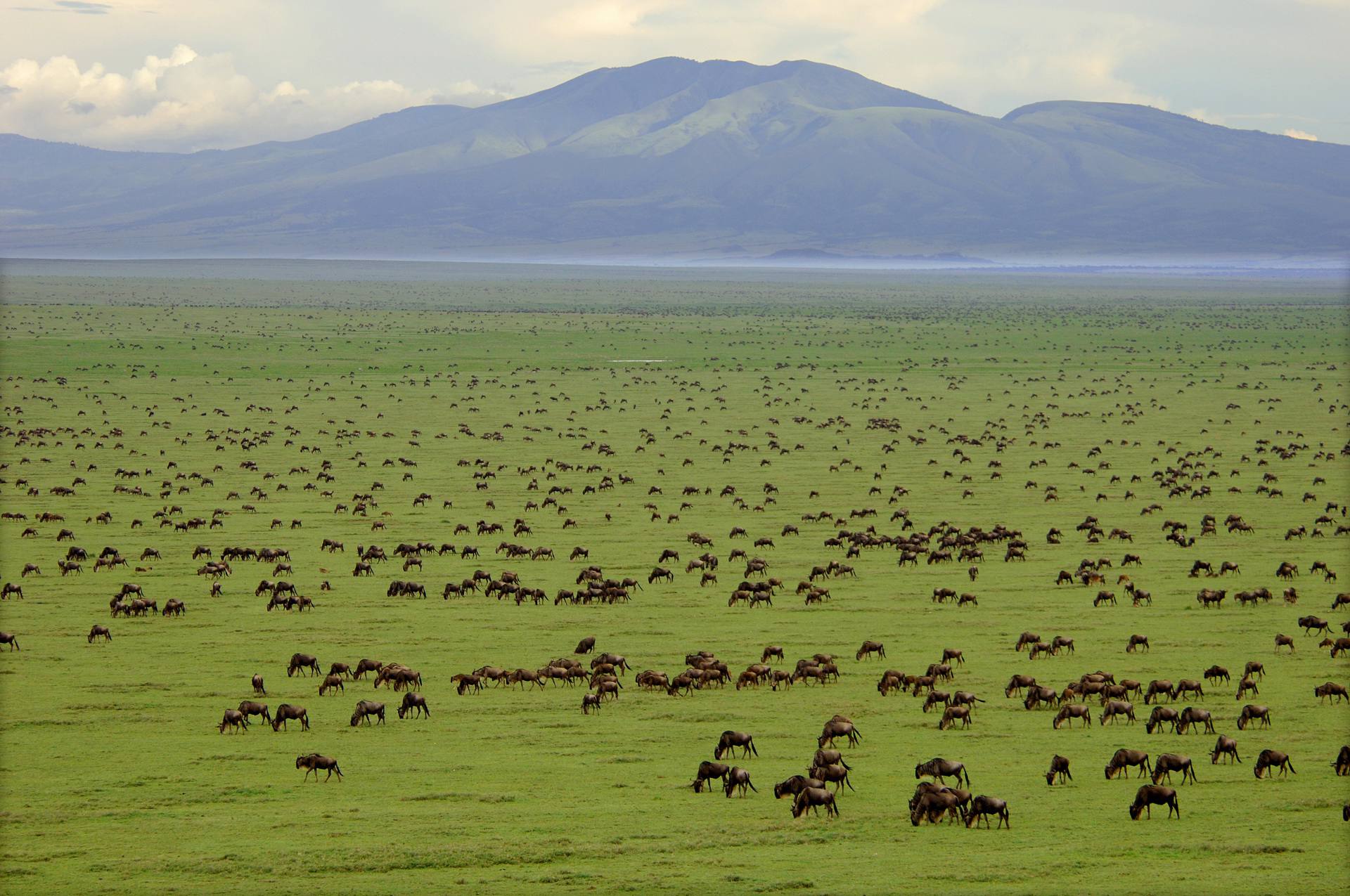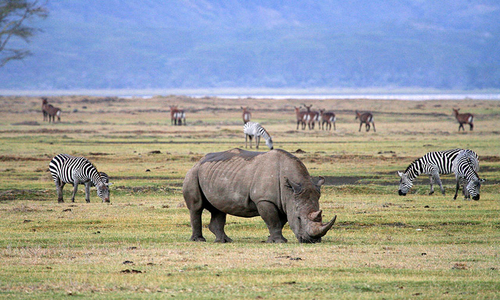Serengeti National Park
Serengeti National Park
Serengeti National Park nestled in the heart of northern Tanzania, Serengeti National Park encompasses roughly 14,750 km² of sprawling savannah, woodlands, kopjes, and seasonally flooded grasslands. Its name, derived from the Maasai word Siringet, fittingly means “the place where the land runs on forever.” Established in 1940 and recognized as a UNESCO World Heritage Site in 1981, Serengeti stands as one of Earth’s most enduring and awe-inspiring wild ecosystems. What sets this park apart is not only its magnificent vista and breadth of biodiversity—with over 70 species of large mammals, more than 500 bird species, and iconic predators like lions, leopards, and cheetahs—but also its role as the stage for the legendary Great Migration. Every year, more than 1.5 million wildebeest, accompanied by hundreds of thousands of zebras and gazelles, undertake a perilous
The Great Migration: Nature’s Grandest Journey
The Serengeti’s most celebrated phenomenon, the Great Migration, is nothing short of planetary theater. Each year, over 1.5 million blue wildebeest, 250,000 zebras, and 500,000 Thomson’s and Grant’s gazelles embark on a cyclical odyssey spanning approximately 800 kilometers across the Serengeti–Masai Mara ecosystem . Driven by the search for new grazing land and water, the herds trace a predictable yet perilous route—north from the calving plains in the Ndutu region in southern Serengeti (December–March), across predator-rich territories and crocodile-infested rivers like the Grumeti (June–July), into Kenya’s Masai Mara reserve (August–October), and then south again as the rains return .
This annual journey is not just a migration; it’s a dramatic display of survival and instinct. The herds face numerous challenges along the way, including navigating treacherous river crossings, avoiding predators, and enduring harsh environmental conditions. Despite the dangers, the migration continues to be a testament to the resilience and determination of these animals. For wildlife enthusiasts and photographers, witnessing this spectacle offers unparalleled opportunities to observe nature’s raw beauty and the intricate dynamics of the Serengeti ecosystem
Witness the Great Migration – Earth’s Greatest Wildlife Spectacle
Every year, more than 1.5 million wildebeest, accompanied by hundreds of thousands of zebras and gazelles, traverse the Serengeti–Masai Mara ecosystem, seeking fresh pastures and water. The dramatic river crossings—where wildebeests brave crocodile‑infested waters and face steep banks—create unforgettable moments of raw, unfiltered nature. It’s not just a wildlife event—it’s a living ecosystem in motion, where life, death, survival, and renewal play out across endless plains. Visitors can time their journey to catch the calving season in the south (January–March) or the thrilling river crossings in the north (July–September), putting them at the heart of this awe-inspiring phenomenon.
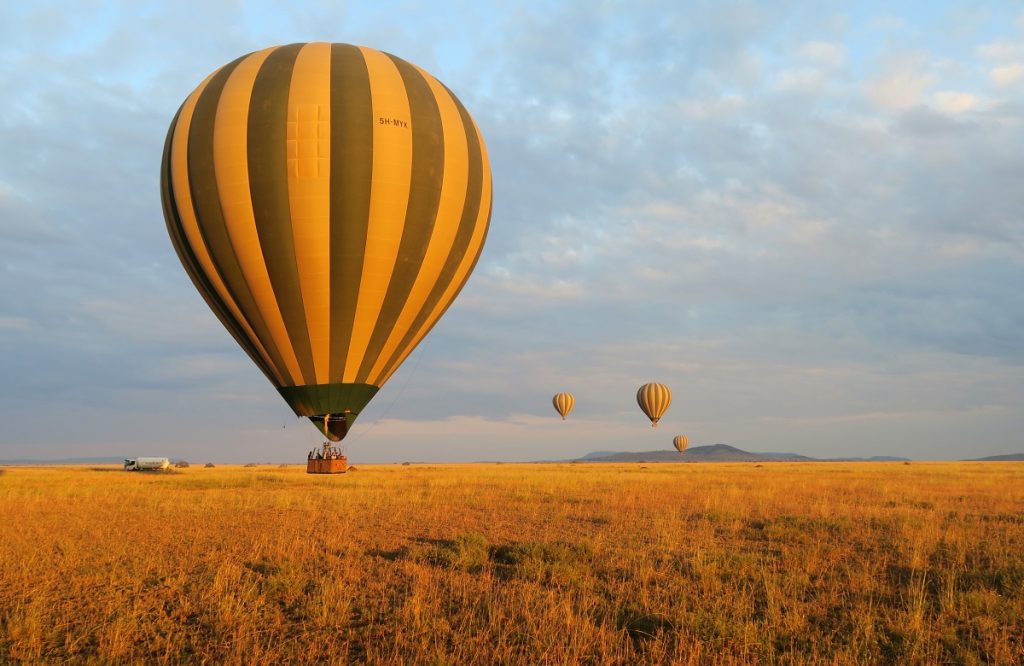
Unique Safari Experiences – Ballooning, Bush Walks & Maasai Culture
Serengeti offers more than vehicle-based wildlife viewing—it provides experiences that transcend typical safaris. A sunrise hot-air balloon ride over the plains gives an exhilarating bird’s-eye view of herds, acacia trees, and kopjes, ending with a champagne breakfast in the bush. Guided walking safaris bring you closer to animal tracks and plant life under expert supervision. Night drives reveal the park’s nocturnal biodiversity—leopards, hyenas, owls, and aardvarks—emerging under moonlight. Cultural excursions into Maasai villages deepen the experience, offering traditional dances, storytelling, and insight into a pastoral lifestyle shaped by coexistence with wildlife.
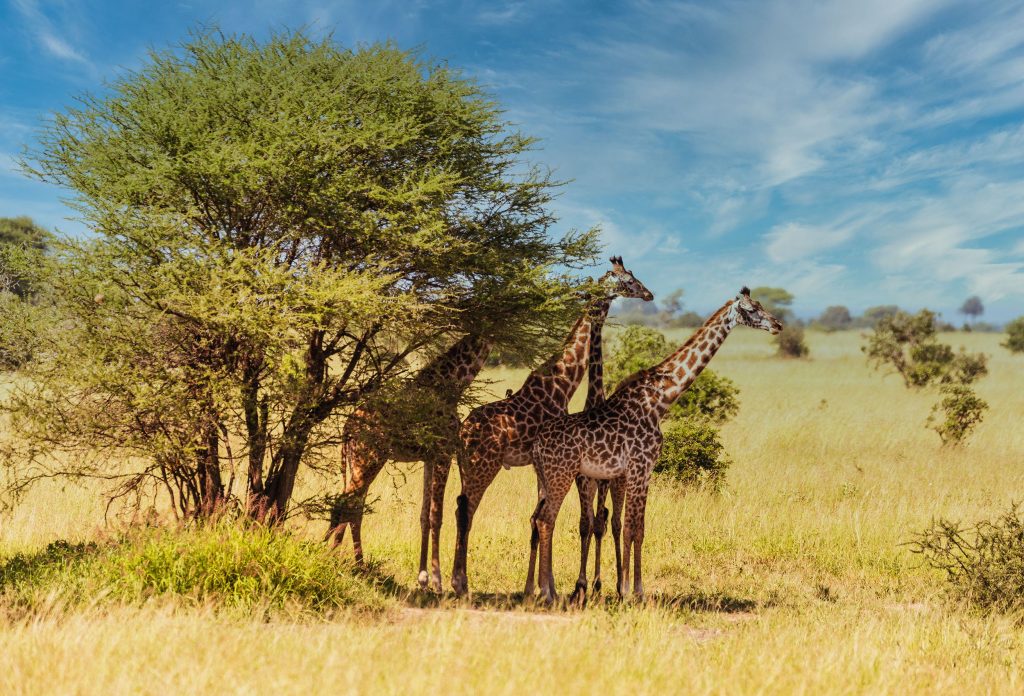
Stunning Landscapes & Photography Opportunities
From rolling savannahs and dramatic kopjes to riverine forests and seasonal wetlands, Serengeti’s landscape diversity creates striking visual backdrops. Iconic scenes—like golden plains at sunrise, acacia trees silhouetted against colorful skies, and granite kopjes—are perfect for photographers and nature lovers. The park’s vastness and minimal light pollution yield incredible starscapes, while sunsets paint the skies in profound hues of orange and purple . Every moment here feels like an invitation to connect with nature—whether through your lens, your heart, or simply by witnessing the harmony between light, wildlife, and wilderness.

